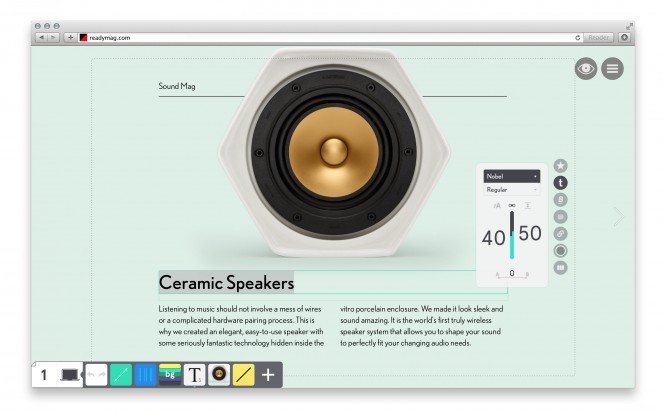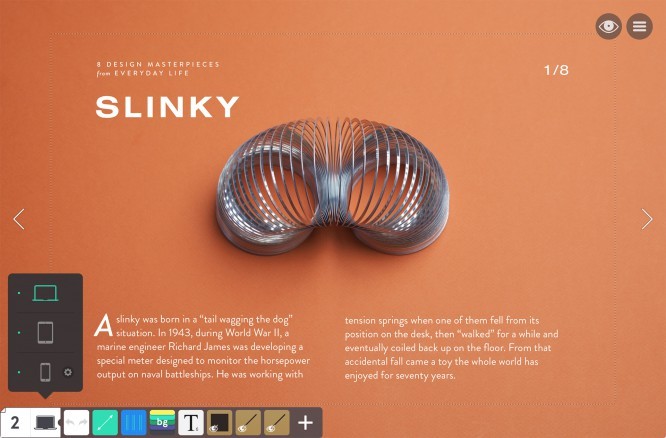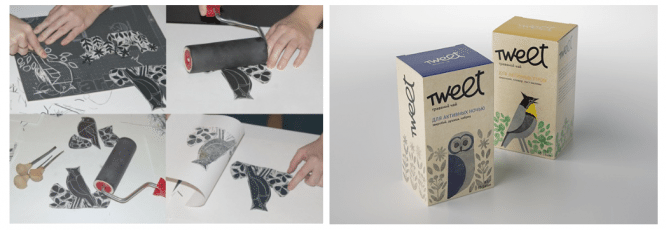Readymag: The Future Is Digital Storytelling
Readymag: The Future Is Digital Storytelling
The creators of Readymag are convinced that presenting your ideas online is as important as the ability to make a first impression in person, and today the ability to visually tell stories is becoming one of the most valuable skills.
A web designer, by definition, knows how to create and visualize ideas on the Internet, putting them into a form that the addressee on the other side of the monitor can understand and accept. A special degree of skill is to fill the design not only with color, but also with additional meaning.
Previously, the basics of design were not enough for self-creation of online projects, you had to know the code. Today, thanks to modern digital platforms that generate code in the process, everyone has the opportunity to create projects on the Internet the way they want.
The main problem with most of these services is the lack of flexibility, but the situation has begun to change. Already today, some of these platforms give designers the maximum amount of freedom. These are not collections of templates that you will successfully or unsuccessfully try to customize to your individual needs.

This is the organization of work on a completely different principle: you are offered a “blank slate” for the embodiment of your wildest fantasies. Everything is customizable, and how the project will turn out in the end depends only on the creator. Readymag breaks the myth that using online publishing platforms is an indicator of simplistic, formulaic thinking. The tool, which was originally developed for the layout of magazines, quickly realized its potential, and today it is used to create longreads, websites, portfolios, CVs and much more.
Modern online services
Traditional charting tools are mostly adapted for an offline environment. To get, for example, a high-quality website, you need to spend a lot of resources and involve at least a programmer and layout designer. Thanks to WYSIWYG services (editors that do not require knowledge of HTML – What You See Is What You Get), the time spent on content design is reduced and the cost of implementing the idea as a whole is also reduced.
At first glance, their interface may seem unusual and complicated for unprepared users. But each new generation is technologically bolder than the previous one, it is not afraid to press unknown buttons, it takes 15 minutes to understand the functionality of the service, in which its predecessors have been figuring out for hours. Therefore, there is no doubt that very soon the web will change dramatically, and online publishing will become mainstream not only in the design environment.

Post formats
The boundaries of content formats on the web are blurring: sites are becoming less and less different from presentations, presentations look like magazine spreads, and magazine pages turn into longreads with photographs. The accents are shifting towards meaning, ideas, and not the final format – it can be anything, and a person who has taste and sense of style, but does not have special qualifications, can feel truly free in the visual expression of his ideas.
The web of the future will be entirely made up of stories – presentations of ideas in which everyone can share their vision easily, without restrictions and compromises. Everything will merge together in the modern digital storytelling space. The web is becoming more accessible, allowing not only designers, but also other users to unleash their creative potential to achieve their own goals.
…


